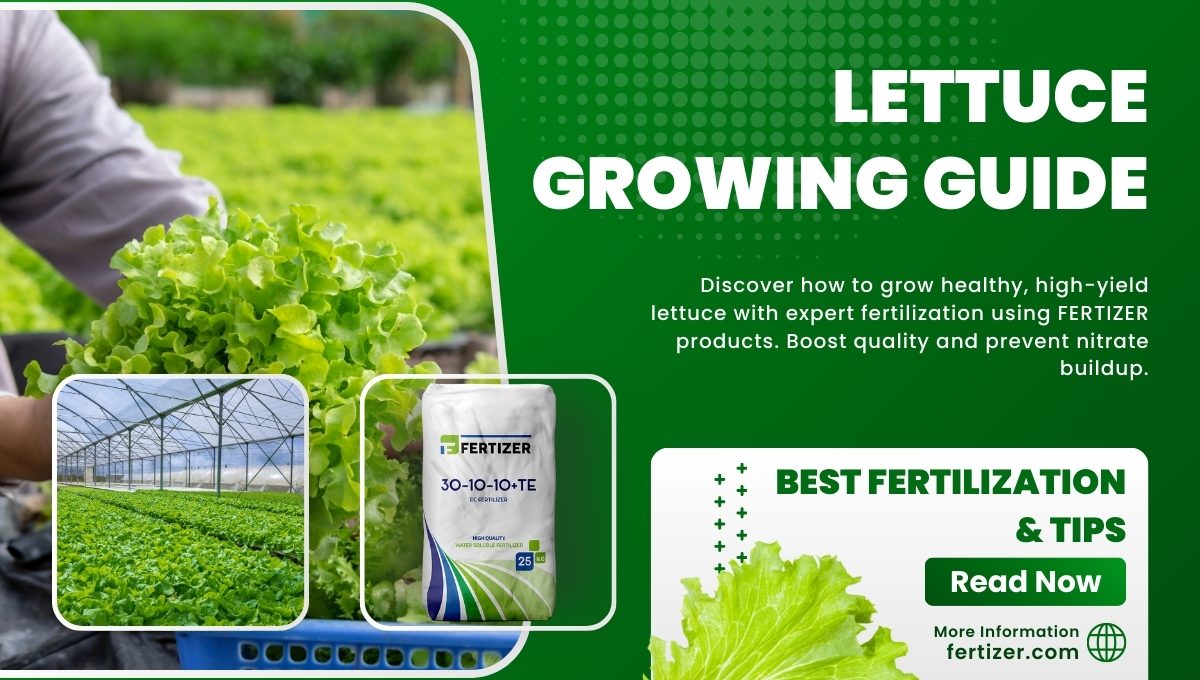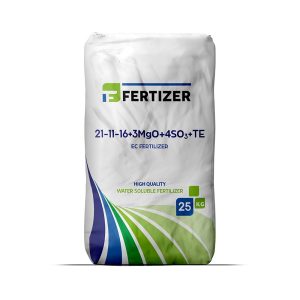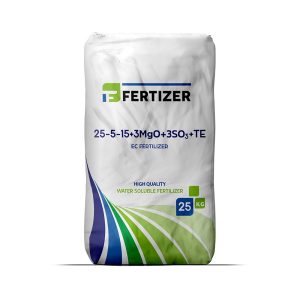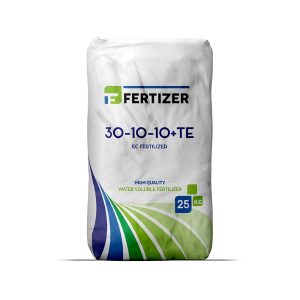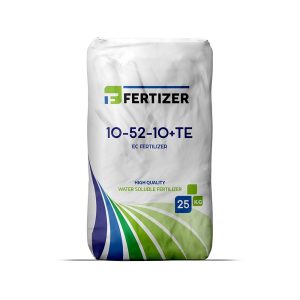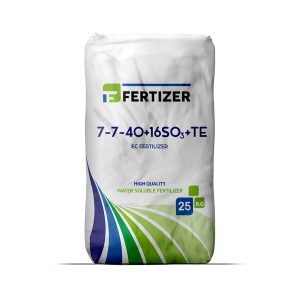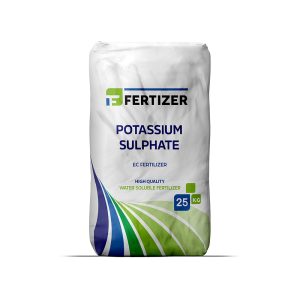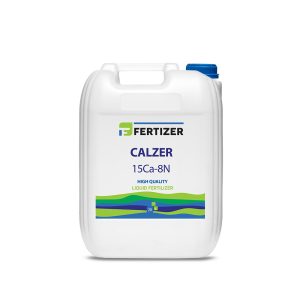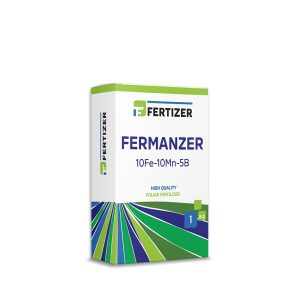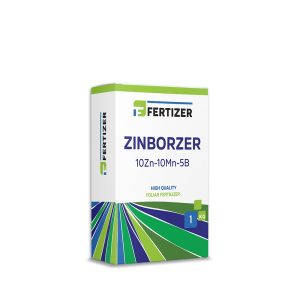Lettuce (Lactuca sativa L) is one of the most consumed leafy vegetables worldwide. Its ability to adapt to various climatic conditions and its diverse leaf shapes, colors, and textures make it commercially valuable. However, producing healthy and market-quality lettuce requires more than just good seeds and irrigation. Proper plant nutrition, healthy soil, and integrated disease prevention strategies must be implemented together.
This in-depth guide will explain how to grow lettuce professionally, with a special focus on effective fertilization practices using FERTIZER products.
Lettuce Structure and Nutrition
What Makes Lettuce Different from Other Vegetables?
- Head lettuces (e.g., Iceberg) have compact and dense heads.
- Leaf lettuces (e.g., Romaine, Looseleaf) have more open and scattered leaves.
- The color range varies from light green to deep burgundy.
- Leaf textures range from crisp to soft and buttery.
These characteristics, especially during the head formation stage, directly affect how lettuce responds to fertilization.
Ideal Soil Conditions for Lettuce
What Are the Optimal Soil Properties?
Lettuce grows best in the following conditions:
- Well-drained loamy soils
- pH range: 6.2 – 6.8
- At least 2% organic matter content
Heavy clay soils restrict root growth, while overly sandy soils cause leaching of essential nutrients. Therefore, a soil analysis should always be performed before planting.
Key Macronutrients and Micronutrients in Lettuce
Nitrogen (N): The Engine of Leaf Biomass
- Function: Promotes leaf formation and vegetative growth
- Peak demand: During head formation
- Deficiency symptoms: Yellowing leaves, weak development
Ideal for strengthening green growth before the heading stage.
Application Note: Apply nitrogen in split doses to avoid nitrate accumulation. Monitor the N/S (nitrogen/sulfur) ratio carefully.
Phosphorus (P): Root Development and Head Initiation
- Function: Enhances root growth and supports head formation
- Deficiency symptoms: Purplish discoloration, underdeveloped roots
FERTIZER 10-52-10+TE – Used during early growth and transplant establishment.
Potassium (K): Tissue Quality and Cold Resistance
- Function: Maintains cell wall strength, regulates water balance, improves cold tolerance
- Deficiency symptoms: Leaf edge burn, poor leaf texture
FERTIZER 20-10-20+TE – Balanced potassium-focused formula
FERTIZER 0-0-50 and/or 7-7-40+16SO₃+TE – Ideal for improving quality before harvest or during cold seasons
Calcium (Ca): Protection Against Tip Burn
- Function: Strengthens cell walls, aids water transport, and increases stress tolerance
- Deficiency symptoms: Tip burn (leaf edge necrosis), brittle leaves
CALZER – Contains 8% Nitrate Nitrogen and 15% Calcium; essential for maintaining leaf tissue balance
Micronutrients (Fe, Mn, B, Zn): Small but Vital
- Functions: Enzyme activity, chlorophyll production, and maintaining biochemical functions
- Deficiency symptoms: Leaf yellowing, interveinal chlorosis
FERMANZER – Contains 10% Iron, 10% Manganese, 5% Boron
ZINBORZER – A mix of Zinc, Manganese, and Boron supporting hormonal balance, shoot development, and healthy tissue formation
Sample Lettuce Fertilization Schedule
| Stage | Days | Fertilizer | Description |
|---|---|---|---|
| Seedling Stage | 0-7 days | 10-52-10+TE | Root development |
| Vegetative Growth | 7-21 days | 30-10-10+TE | Enhancing leaf biomass |
| Head Formation | 21-35 days | 20-10-20+TE + CALZER | Balanced growth + calcium support |
| Final Strengthening | 35-45 days | 0-0-50 + ZINBORZER | Quality enhancement + cold tolerance |
Fertilization Methods – Fertigation or Foliar Application?
- Fertigation (via drip irrigation): Suitable for primary nutrients like NPK and calcium
- Foliar application: Effective for rapid correction of micronutrient deficiencies
Best Approach: Use fertigation for major nutrients and combine it with soil + foliar applications for micronutrient adjustments.
Preventing Nitrate Accumulation in Lettuce
High nitrate levels:
- Pose health risks
- Are not acceptable in EU markets
Recommendations:
- Reduce use of high-nitrogen fertilizers during late stages
- Monitor N/S ratio in plant tissues
- Prefer nitrate-based calcium fertilizers like CALZER
- Use sulfur-enriched fertilizers like 21-11-16+3MgO+4SO₃+TE or 25-5-15+3MgO+3SO₃+TE to prevent sulfur deficiency
- Harvest in the morning, when nitrate levels are lowest
Disease Management and Soil Health
Common fungal pathogens in lettuce:
- Rhizoctonia, Sclerotinia, Pythium
Preventive Strategy:
- Colonize the soil and root surface with beneficial microorganisms
- Manage irrigation to avoid excess moisture
- Avoid monoculture by rotating with alliums like onions or garlic
Lettuce Cultivation in Cold Climates: Winter Strategy
In cold seasons:
- Potassium supports cold resistance
- Calcium protects cell membranes
Winter Application:
- Use 20-10-20+TE combined with CALZER
- Regularly monitor EC (Electrical Conductivity) to prevent salt buildup
When Should Lettuce Be Harvested?
- Head lettuces: When the head is firm and fully developed
- Leaf lettuces: When leaves are crisp and vibrant
Checkpoints:
- No tip burn or leaf discoloration
- Leaves are healthy and firm
- Nitrate content < 2500 ppm (test with rapid nitrate kits)
Quality Lettuce Through Smart Fertilization
Lettuce cultivation isn’t just about irrigation; it requires foresight in plant nutrition, timely application of the right products, and stress minimization.
FERTIZER fertilizers offer tailored solutions for each growth stage:
- Increase yield
- Improve disease resistance
- Ensure compliance with market standards
Remember: Strong crops start with a smart fertilization plan.

